Preventive Medical Aesthetics
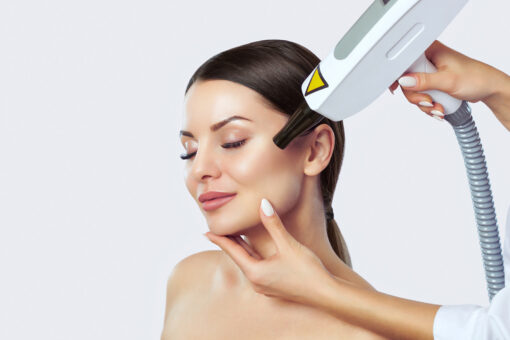 As we get older our bodies change. These changes start from conception and continues to progress up until the age of 25. After that there is a gradual but consistent morphological decline.
As we get older our bodies change. These changes start from conception and continues to progress up until the age of 25. After that there is a gradual but consistent morphological decline.
The latter portion is commonly known as aging. It is particularly concerning when it manifest on the most exposed parts of your bodies, especially on your faces.
First let us take a look at the structures of the face. On the outer most part of the face you have the skin and just below that is connective tissue followed by muscle and finally bone.
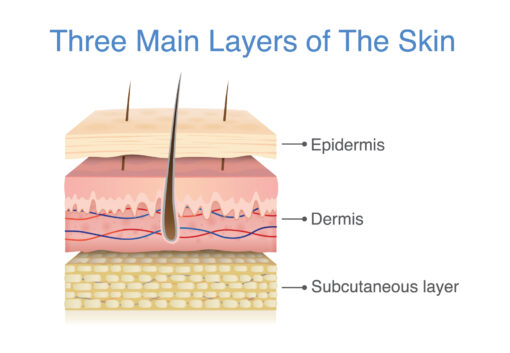
The face is the only part of the body that muscles are sometimes not anchored to bone but other muscles. This presents some unique situations in aging. It is important that the aesthetician has an in depth understanding of these challenges in order to provide the patient with the best options. As a result the face ages differently on various parts of the facial Anatomy. In a strange way the face can be divided into the three branches of the Trigeminal nerve.

Each division has its own rate of aging and presents with its own unique challenges. The ophthalmic area is usually considered zone 1, the maxillary zone 2 and the mandibular zone 3. Relatively speaking, zone 2 changes more dramatically than zones 1 and 3. In particular, zone 2 is the part of the face where muscles are attached to other muscles.
Fat is a kind of connective tissue that is considered a natural filler. It plumps up the face, fills out the creases and give us that natural youthful appearance. However, in zone 2 much of the fat is held in place by another type of connective tissue called collagen. As we ages, the collagen loses it integrity and hence the fat deposits falls under the influence of gravity. Here is a demonstration of the mechanisms underlying the changes that occur.
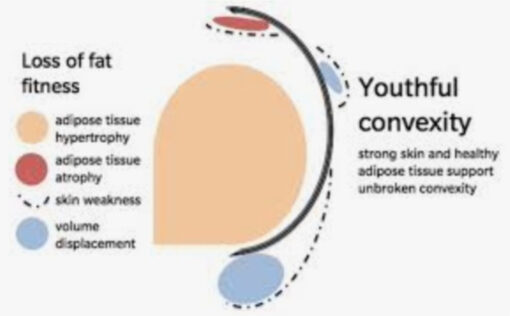
Fat migration during aging due to collagen barrier compromise
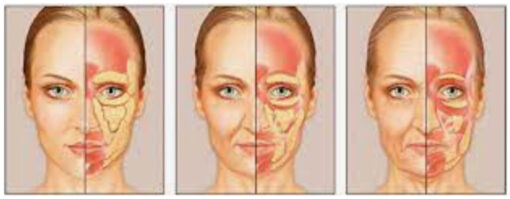
Much of what we do in medical aesthetics focus on the changes that occur in zone 2. Given that the changes start occurring at an average age of 25 and we start noticing them visibly by the age of 30, then at what age should we start.
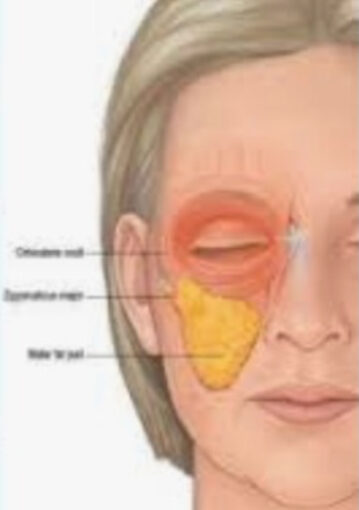
Preventive Medical Aesthetics?
There is no national consensus on the answer to this question. However, we have enough information that we can impart to our patients that allow them to make their own decisions based on their own aesthetic needs. We have often heard that an ounce of prevention is better than a pound of cure. That is true for all faculties of medicine including aesthetic medicine.
As an aesthetician, it makes sense to me that you would start strengthening those collagen bands that hold the fat deposits in place before they lose their structural integrity. Once you get to the stage where you are sagging, then you have to work so much harder to put back things into place and sometimes, you simply can’t. Things have already gone too far. In my opinion, I would advise trying to preserving your youthfulness as naturally as possible and allow your body’s own mechanism to do the work by periodically stimulating the face to build its own collagen. In that way won’t have to worry about foreign body reaction. But if you have to, it’s ok. It’s not the end of the world and you can still get great results. This area of medicine is relatively new and so are knowledge and technologies that we have recently acquired.
Here is an example of reversal of aging with injectables:
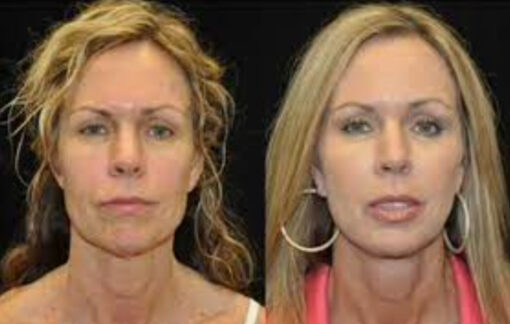
Gone are the days when we consider aesthetic medicine frivolous or something only for the rich and famous. We are now beginning to understand the psychological, emotional and financial impact that the aging process has on us. Many women had to end their careers prematurely due to the aging process robing them of their youthfulness. Think about the psychological impact that the aging process has on these women who are no less capable of doing what they love, but can no longer do so for no other reason than the morphological changes of aging process and especially its impact on their facial features. Think about the financial impact it has on their families. And finally, think about what it does to their sense of self and their self esteem.
This is what preventive medicine is all about: helping to maintain youthfulness, preserving self esteem, preserving self confidence, saving jobs and protecting family finances.
So at what age should Preventive Medical Aesthetics be started? My recommendation would be somewhere between the ages of 25 and 35 years old depending on the patient. I would start with Fotona 4D facial rejuvenation or Morpheus8 Micro Needling with Radio Frequency energy deposit once or twice a year and monitor the patient. I would intensify the treatment as necessary. The objective is to strengthen those collagen barriers before they are compromised by the process of aging. Both treatment has the added benefit of tightening the skin, improving its integrity and texture and reducing fine lines and wrinkles. In addition the patient must also be proactive in avoiding excessive sunlight and using sun screen with SPF 35 or higher to protect against the damaging effects of the suns UV rays. It is also advisable to avoid corrosive chemicals on the face. Last but not least diet and lifestyle are equally important.
It is well known that some kinds of foods cause patient to have break out on their faces. Patients should make it a point to try and figure out what those foods are and avoid them. Remember each person is different. The majority of our natural rejuvenation and restoration occurs when we are sleeping at nights. It is so important to consistently get restful sleep. Studies have shown that people who are sleep deprived ages at a much faster rate than those who are not.
It has also been shown that interruption of the natural circadian rhythm contributes to a faster rate of aging. As a result, people who work the night shift ages faster than their pairs. That also include those who claim to sleep well during the day. The restorative and rejuvenate mechanism is not well understood. Perhaps those who claim to rest well during the day do not sleep as well as they thought. On the other hand, perhaps certain restorative reactions necessary for total body rejuvenation may require darkness of nights.
Dr Keviene Rutherford MD
